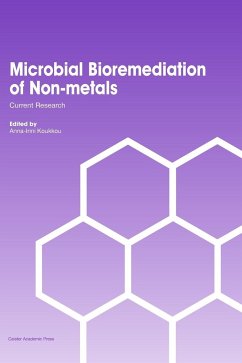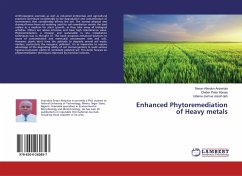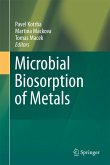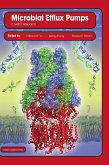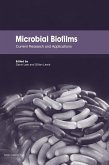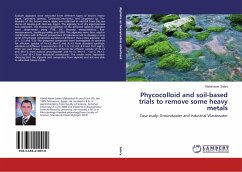Microbial biodegradation of non-metals pollutants plays a pivotal role in the bioremediation of contaminated soil and groundwater sites. Such pollutants include chloroethenes, steroids, organophosphorus compounds, alkanes, PAHs and PCBs. In this important new book, expert international authors exhaustively review this topic from a biochemical and genetic viewpoint, providing a timely overview of current research. Topics covered include: enzymatic biodegradation reactions; the impact of bioturbation on hydrocarbon dynamics in marine sediments; the structure, function and biodiversity of ring-hydroxylating dioxygenases involved in PAH biodegradation; strategies to engineer PCB-degrading bacteria; PCB-degrading plant-microbe systems strategies; the structure, regulation and diversity of microbial genes encoding biodegradative enzymes. In addition there are excellent reviews detailing the application of the state-of-the-art molecular technologies to study biodegradative processes. Technologies covered are community fingerprinting, molecular detection of degradative genes, and metagenomics for the analysis and monitoring of microorganisms in situ. These are complemented well by the fascinating reviews of the catabolic plasmids and mobile genetic elements involved in bioremediation, including discussions on the origin and evolution of these catabolic pathways to different genera. In addition the best procedures for the evaluation and design of relevant in situ remediation strategies are examined and classical ex-situ technologies such Landfarming, Composting, Biopiling and Slurry-phase bioremediation are described. This book is a vital reference resource for research scientists, graduate students, and other specialists interested on microbial bioremediation of organic pollutants and is recommended reading for environmental microbiologists, chemists and engineers.

